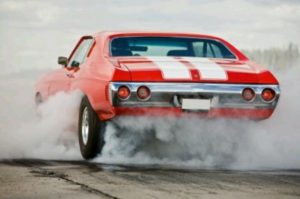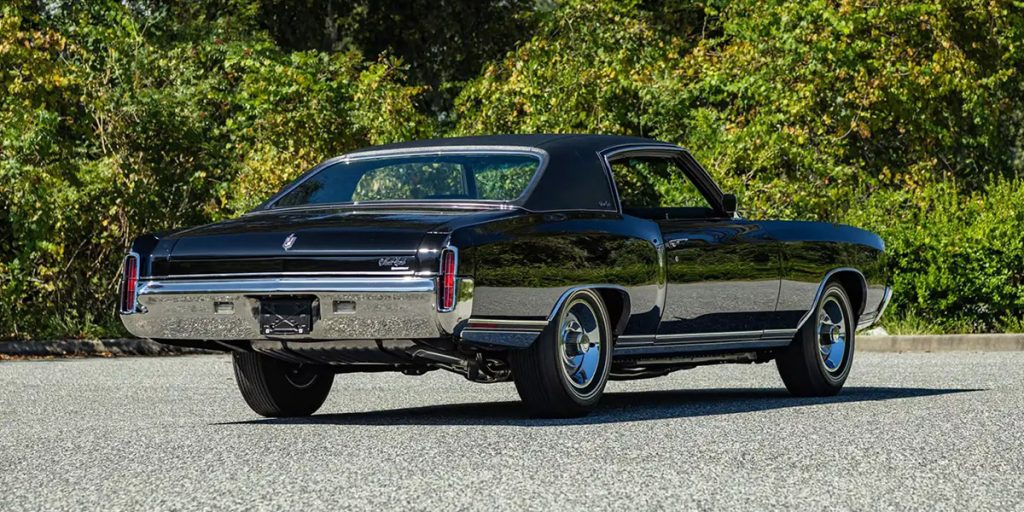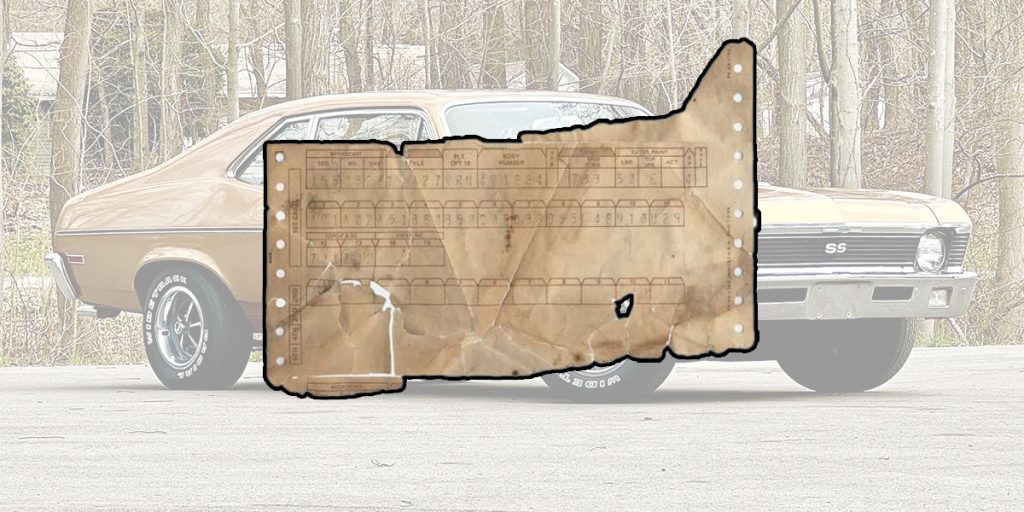
Ground Up Fall Car Show 2025
We’re Back for Our 2nd Show of the Year! After the great success of our Spring Show Join us at our Ground Up Fall Car Show 2025!
If you’re staying true to old school with a Small-Block or Big-Block engine under the hood, setting and maintaining the correct ignition timing is crucial. Without the proper timing, your engine will run poorly, can overheat, and get bad mileage. Setting the timing is a simple process and something you should check every so often to make sure it’s still correct.
You’ll need a basic set of wrenches to loosen and tighten the hold-down clamp. The only special tool you’ll need is a timing light, which can be had for about $30 at Harbor Freight if you don’t already have one. Some option items are a vacuum gauge and possibly timing tape.
Prepare the Engine:
Locate Timing Marks:
Initial Timing Setting:
Connect Timing Light:
Connect Timing Light to No. 1 Spark Plug:
Start the Engine:
Aim the Timing Light:
Read the Timing Marks:
Adjust the Timing:
Tighten the Distributor Bolt:
Before you take off for a cruise, double-check the timing. Sometimes tightening down the distributor hold-down clamp can you can accidentally twist the distributor. After that reconnect the vacuum advance hose.
If you want, you can check and set the total timing. Rev the engine to around 3,000 RPM and check the timing. The total timing (initial + mechanical advance) should be within specifications.
After you’re done, go drive the car and see how it does. Sometimes you might need to advance or retard the timing of a degree or two in order to get it just right. If you have any other questions or need parts for your ignition system, hop on SS396.com or give our friendly techs a call at (203) 235-1200!


We’re Back for Our 2nd Show of the Year! After the great success of our Spring Show Join us at our Ground Up Fall Car Show 2025!

When Chevrolet unveiled the Monte Carlo in 1970, it wasn’t just another mid-size coupe, it was the brand’s answer to the personal luxury trend sweeping

From 1962 through 1972, the Chevy II and Nova evolved from a lightweight compact into one of Chevrolet’s most versatile and collectible muscle platforms. Whether
